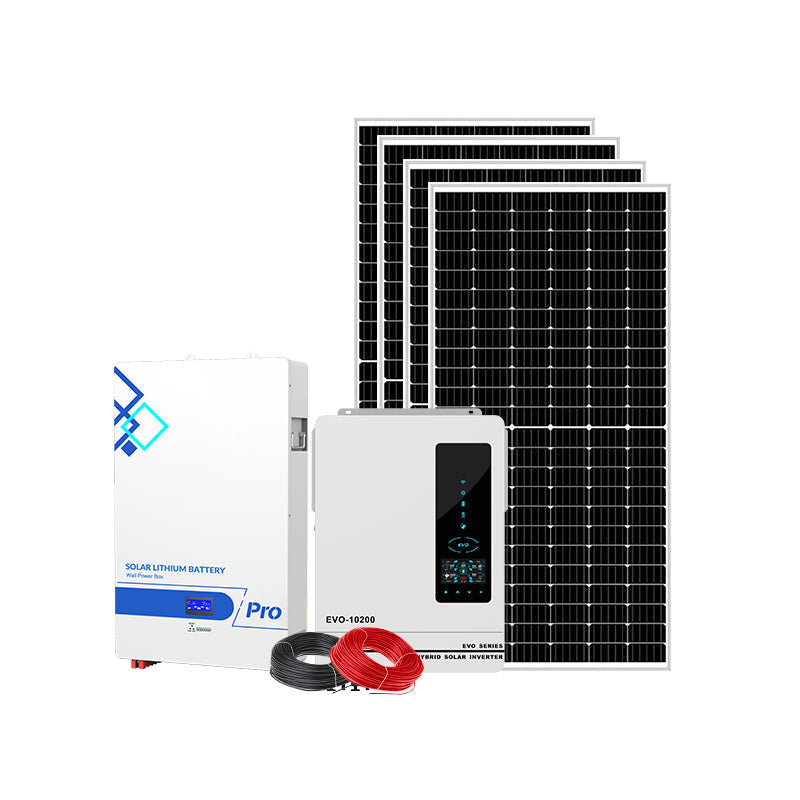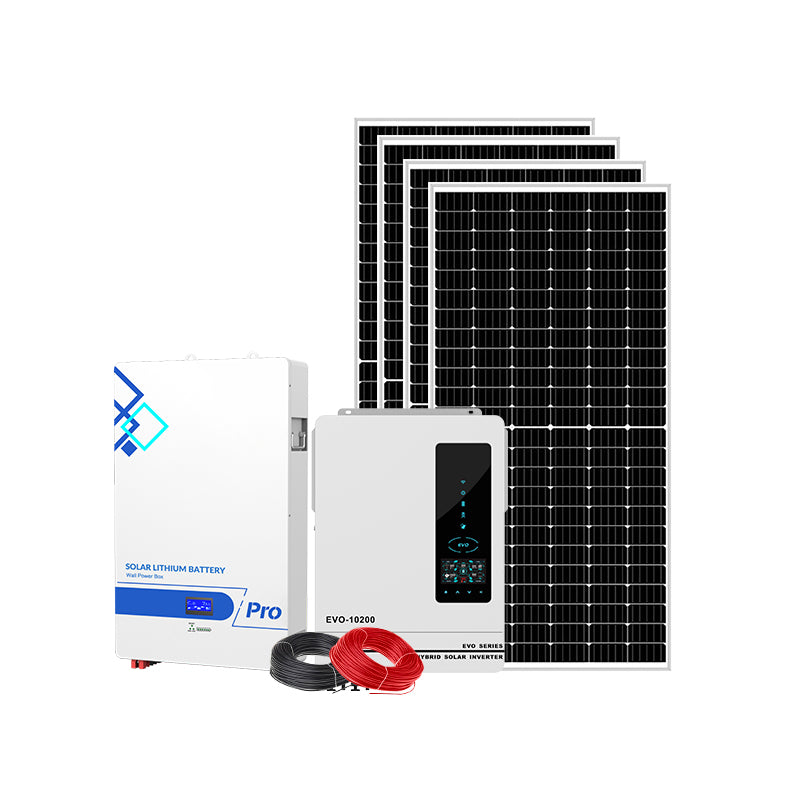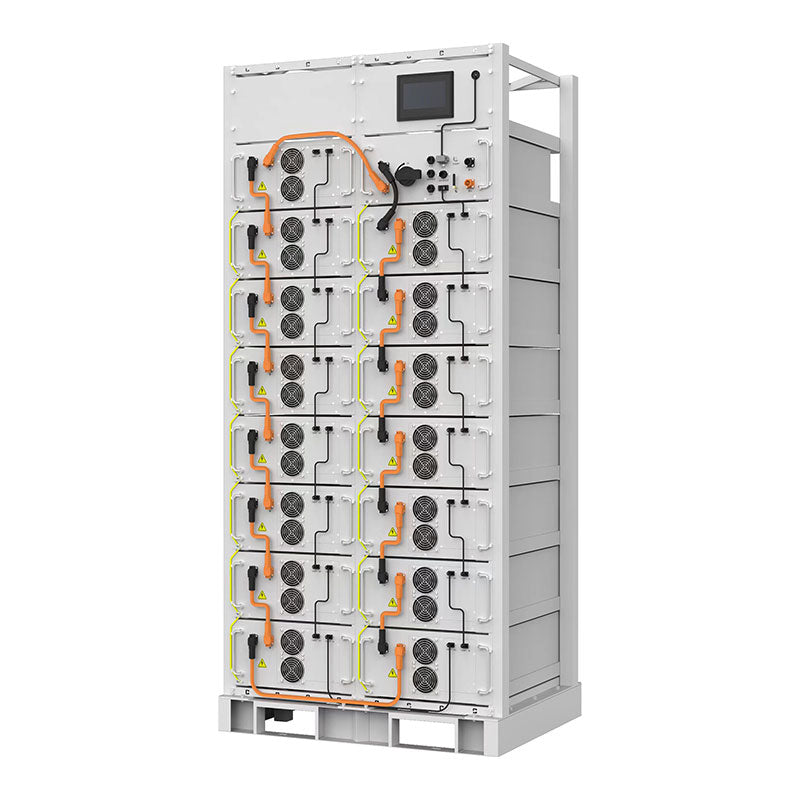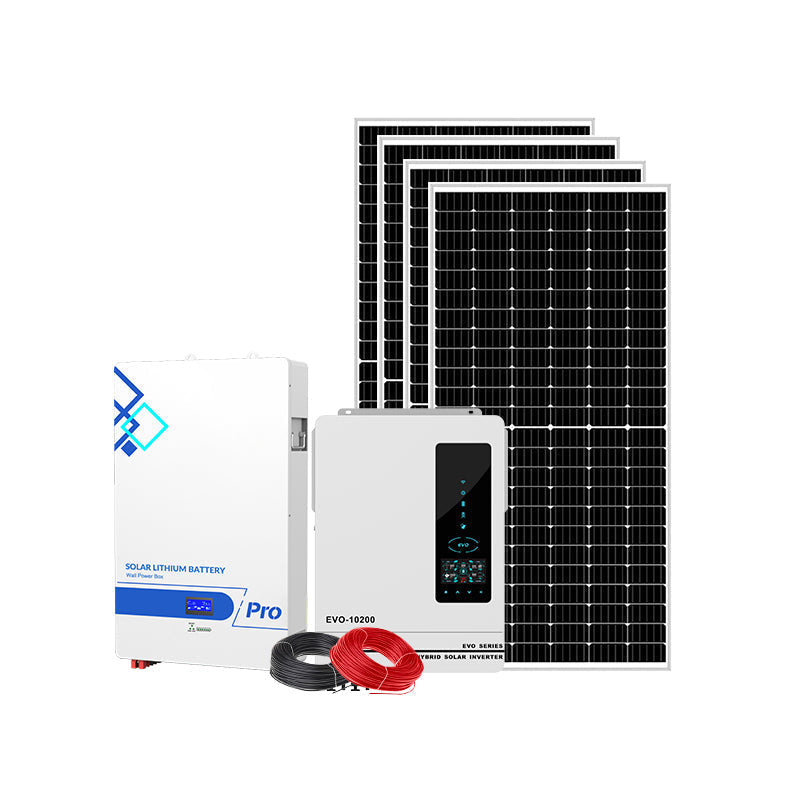When creating an off-grid power system, one of the most critical decisions is selecting the right batteries. Batteries are the heart of your system, storing energy from sources like solar panels for use at night or during periods of low generation. The primary choice for off-grid applications comes down to two main technologies: lithium-ion and lead-acid. While both can be used for off-grid systems, their characteristics and performance differ significantly. This article provides a detailed comparison to help you make an informed decision.
Key Comparison Points
Lifespan and Cycle Life
A battery's lifespan is often measured in charge-discharge cycles. In this regard, lithium batteries, particularly Lithium Iron Phosphate (LiFePO4), have a clear advantage. According to solar-estimate.org, most lithium-ion solar batteries have a minimum warrantied lifespan of about 10 years or up to 10,000 cycles. Some high-quality lithium batteries can last 10 to 15 years, and even up to 20 years in some cases. In contrast, traditional lead-acid batteries typically last for 300 to 700 cycles, which translates to a much shorter lifespan of 3 to 5 years. This extended lifespan can make lithium batteries a more economical choice over the long term.
Depth of Discharge (DoD)
Depth of Discharge (DoD) refers to the percentage of a battery's capacity that can be safely used without damaging it. Lithium-ion batteries excel in this area, with a DoD of 80% or higher, and some can even be discharged up to 100%. This means you can use more of the stored energy in each cycle. Lead-acid batteries have a much lower recommended DoD, typically around 50%. Discharging them further can significantly shorten their lifespan.
Efficiency
Efficiency in a battery refers to the amount of energy you can get out of it compared to the amount of energy put in. Lithium-ion batteries are significantly more efficient, with rates typically over 95%. This means that for every 1,000 watts of solar power going into the battery, over 950 watts are available for use. Lead-acid batteries, on the other hand, have an efficiency of about 80-85%. This lower efficiency means more energy is lost during the charging and discharging process.
Energy Density and Weight
Lithium-ion batteries have a much higher energy density, allowing them to store more energy in a smaller and lighter package. This is a significant advantage in applications where space is limited, such as in an RV or a small cabin. For instance, it might take eight lead-acid batteries to power a system that five lithium batteries of the same capacity could handle. According to one source, a lithium battery's weight is roughly 30% of a comparable sealed lead-acid battery.
Charging Rate
Thanks to their higher efficiency, lithium-based batteries can handle a higher charge current, which allows them to charge much faster than lead-acid batteries. Lead-acid batteries can overheat if charged too quickly, and their charge rate slows down considerably as they near full capacity. This faster charging capability means less downtime and can potentially reduce the number of solar panels needed.
Maintenance
Lithium-ion batteries are virtually maintenance-free. In contrast, flooded lead-acid batteries, a common and affordable type, require regular maintenance, including checking and topping up electrolyte levels with distilled water to prevent damage and extend their life. While sealed lead-acid batteries (AGM and Gel) require less maintenance, they still need periodic checks. The low-maintenance nature of lithium batteries can save both time and effort over the life of the system.
Cost
The most significant advantage of lead-acid batteries is their lower upfront cost. However, when considering the total cost of ownership, lithium-ion batteries often prove to be more economical in the long run. This is due to their longer lifespan, higher efficiency, and lower maintenance requirements, which can offset the initial higher investment.
Environmental and Safety Considerations
Both battery types have environmental impacts that should be considered. The production of lithium-ion batteries involves mining for materials, which can harm the environment. However, lead-acid batteries contain toxic lead and corrosive sulfuric acid, which can pose significant health and environmental risks if not handled and disposed of properly. While lead-acid batteries have a well-established recycling process, improper disposal can lead to soil and water contamination. In terms of safety, Lithium Iron Phosphate (LiFePO4), a subtype of lithium-ion, is known for its stability and is considered a safer chemistry. While all batteries carry some risk, such as thermal runaway or chemical leakage, advanced battery management systems (BMS) in lithium-ion batteries help mitigate these issues.
Conclusion
The choice between lithium-ion and lead-acid batteries for an off-grid system depends on your specific needs and priorities. Lead-acid batteries are a proven technology with a lower initial cost, making them a viable option for those on a tight budget or for systems with occasional use. However, for most off-grid applications, especially those with daily, heavy use, lithium-ion batteries, particularly the LiFePO4 variety, are the superior choice. Their longer lifespan, higher efficiency, greater depth of discharge, and low maintenance needs result in better long-term value and more reliable performance. While the upfront investment is higher, the overall cost of ownership and the convenience they offer make them a worthwhile investment for a robust and dependable off-grid power system.







Leave a comment
All comments are moderated before being published.
This site is protected by hCaptcha and the hCaptcha Privacy Policy and Terms of Service apply.